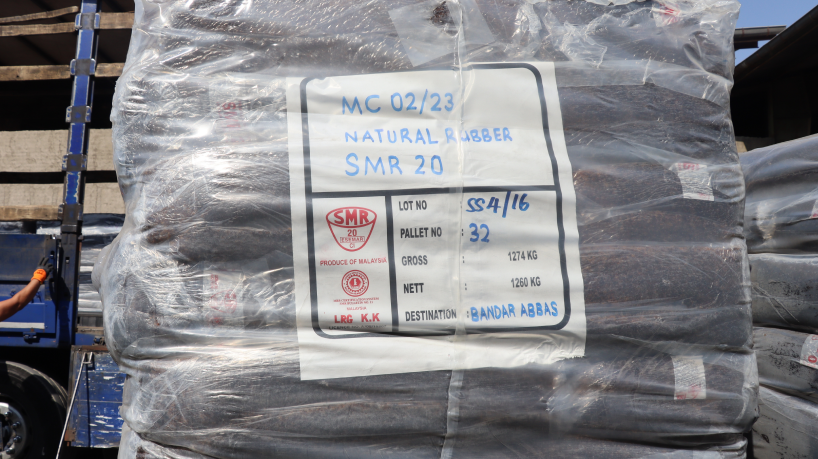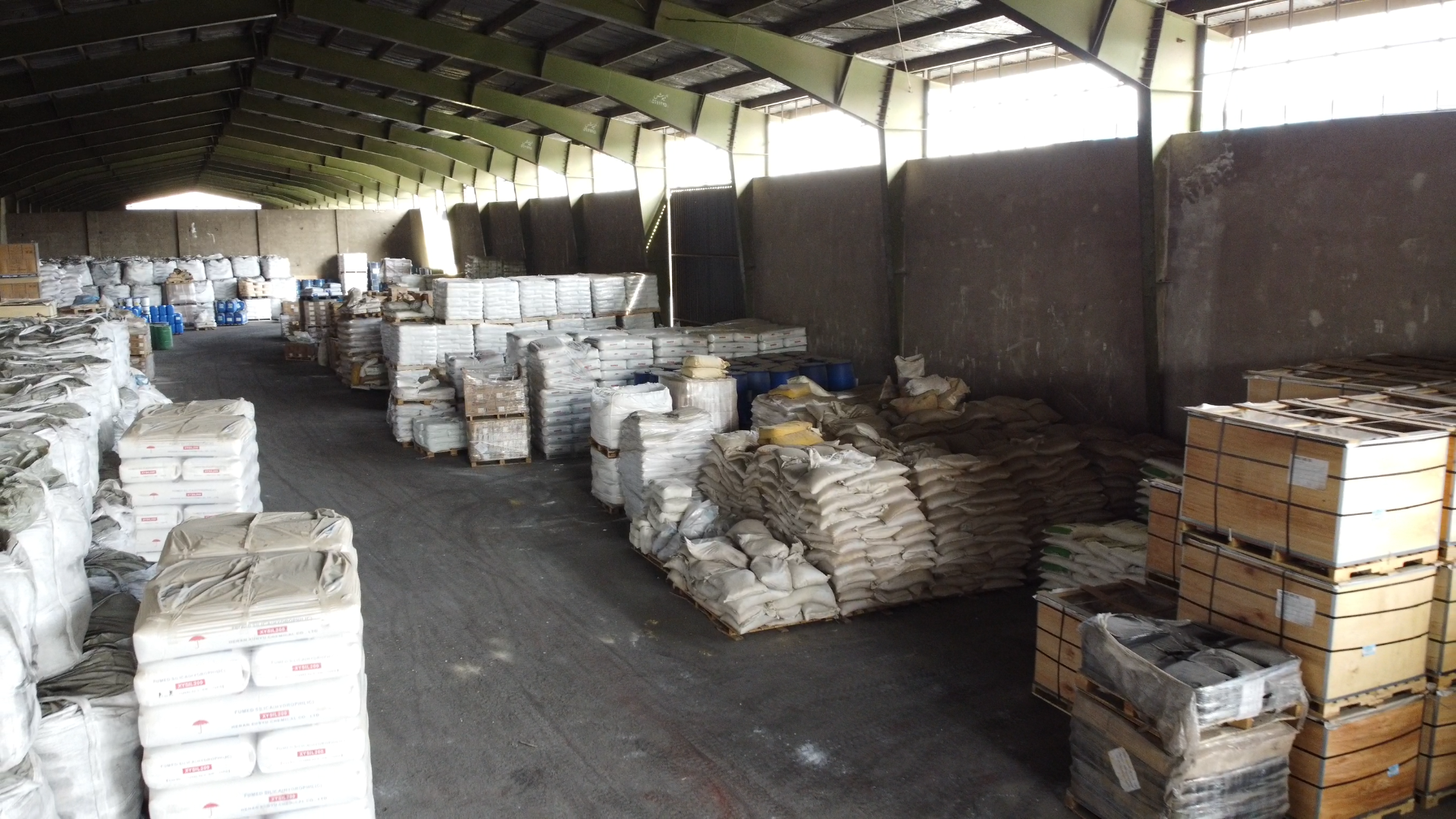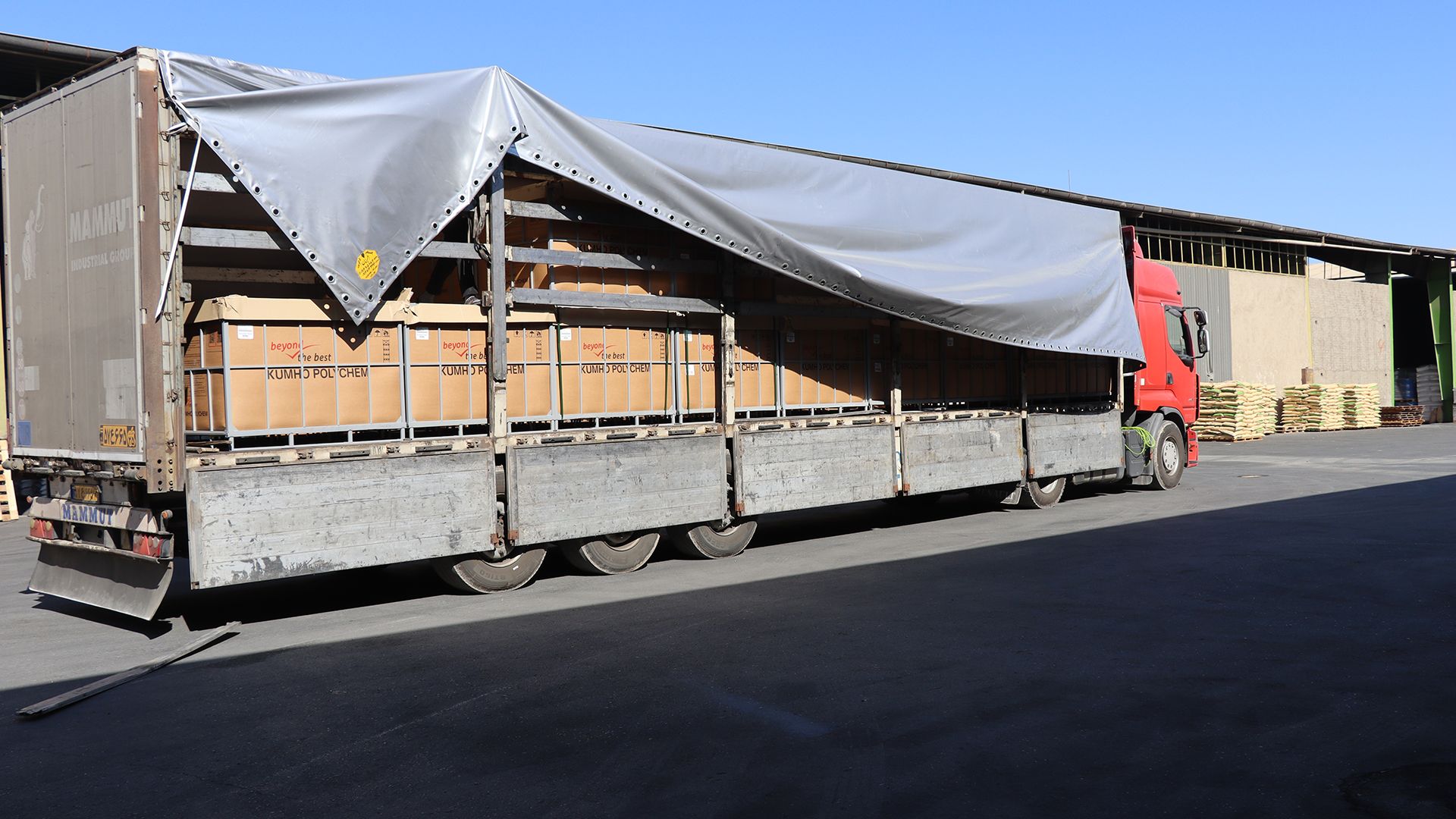Considering the existence of internal (within the company) and external (macro environment) issues and problems in the material supply chain and especially in critical situations, in this article, a conceptual method has been tried by (Singh & Verma, 2018) for the problem related to management. The inventory of the proposed chain should be described. In this method, in addition to considering the past experiences as well as the experiences of others, it has been tried to design a conceptual model that both obtains a correct understanding of the problem and can continuously evaluate itself. Such systems (feedback system) create a strong connection between both input and output sides and cause satisfactory response and strong and effective performance for the system.
supply chain:
A supply chain is a set of activities designed by a network of organizations by establishing a relationship between upstream and downstream elements to deliver raw materials for production and finally the manufactured product to the final destination. The purpose of the supply chain is to obtain what it needs from suppliers, process them and deliver them to customers in an efficient and effective manner, and is entirely focused on managing inventory from supplier to customer and vice versa.
Inventory:
Inventory consists of raw materials (both natural and synthetic), products in process, and finished goods that are considered part of a company’s assets that will be ready for sale. Inventory is one of the most important assets of a business, and inventory management is a vital element of the supply chain that can be seen throughout the supply chain. The goal of inventory management is to ensure that you have the right products in the right place at the right time.
Inventory delay:
Inventory management in its comprehensive view tries to coordinate and converge between the effective factors in the supply chain such as: the amount and ability of producers, delivery time, transportation costs, current inventory, inventory forecast, warehouse space, future price forecast, asset management, Management of quality and defective products is based on customer demand and effective and efficient response to them.
In other words, inventory management is defined as “the continuous process of planning, organizing and controlling inventory aimed at minimizing investment in inventory while balancing supply and demand.” Specifically, the process of monitoring supply, storage and access to items to ensure adequate supply without oversupply. In addition, there are other aspects such as key performance indicators (KPI) that measure the effectiveness of inventory management.
The key features of effective inventory management are:
Order management: trying to optimize prices and get competitive prices, confirm the price and send the invoice, follow up on orders and plan for transportation and shipment with the lowest cost from the origin.
Transportation management: control and monitor the transportation process systematically and online to reduce errors such as delays in delivery or delivery of incorrect packages.
Warehouse management: planning to transfer the product to the warehouse that will create the most value for the company, as well as the available stock safely
Purchase management: planning to deliver goods ready for sale to the point of sale, controlling the amount of inventory based on existing demand and forecasting the future, planning to regulate the market.
Inventory Tracking: Determining the location of inventory throughout the supply chain
Reporting and Analysis: Assessing patterns and processes to solve operational issues and problems
Duties of supply chain manager:
- Monitoring the material supply process from suppliers to end users
- Balancing and synchronizing customer needs with supply sources and inventory
- Examining different resources and creating long-term relationships for the sustainability of resources in different conditions
- Monitoring logistics activities and controlling the logistics process
- Preparing and adjusting the strategic management process for moving and storing materials, parts and inventory of finished goods
- Manage upstream and downstream relationships with suppliers and customers to deliver superior value to customers and reduce costs for the entire supply chain.
- System development and moving towards technology development and innovation throughout the supply chain in order to improve and maintain the company’s long-term performance
- Balancing ordering, shipping, warehousing and distribution costs
Supply chain management in crisis conditions:
All the explanations above are explained assuming normal business conditions and stability conditions in the macro environment. But as it is known, the macro business environment has never been static and has complexities that make the decision making of supply chain managers a serious challenge.
The supply chain manager should try to solve the existing challenges as much as possible based on his experiences and knowledge of new technologies. Some of these challenges and obstacles may have special conditions that the company does not have any experience in solving this problem. To solve implementation issues and problems (Singh & Verma, 2018) proposed the following conceptual model. The structure of this model is built in five stages and self-assessment, which are:
- Identify various current inventory issues through direct observation in the industry
- Examining the theories and findings of previous researches related to these problems and issues
- Formulate hypotheses close to the problem based on previous experiences and collect data for implementation.
- Implementation, data analysis and reporting
- Check the feedbacks and improve the system
This model suggests that in critical and uncertain situations, using experiences and functional patterns close to the subject can be very useful to start solving the problem, and finally, the system is faster because it has a dynamic function and uses feedback. And it will approach solving the problem more effectively.








